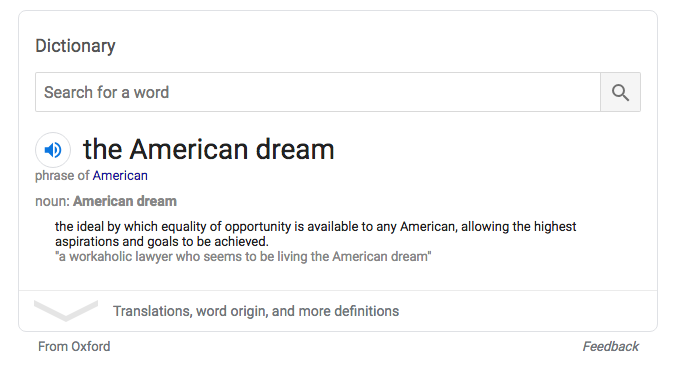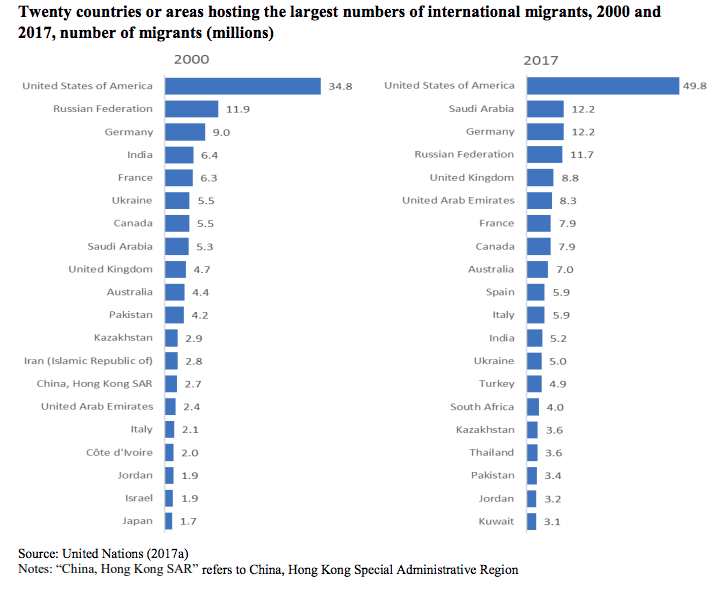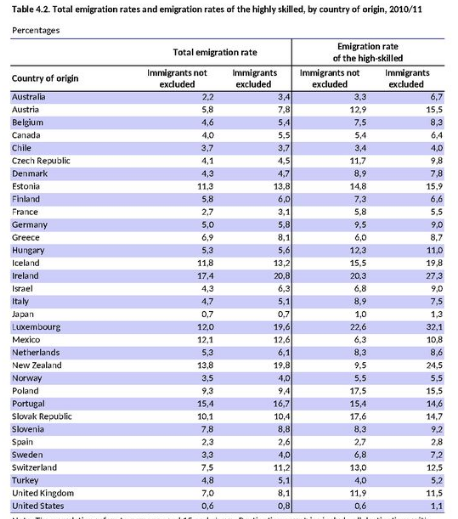If you’re a daily reader of The Seattle Times like I am, you might guess that the two major newspapers in the US are the New York Times and Washington Post. (Actually, not. See the list below.) When the Seattle Times prints a national or international news story the source of the story is usually either the New York Times or Washington Post. They also seem to be the two top liberal-leaning newspapers in the US. But are they, especially the New York Times, reliable news sources?

Let me start by quoting Sgt Schultz: “I know nothing”; but I do have an internet connection and I invite you to do a Web search on your own. I find lots of stories alleging lies by the New York Times, including several from reputable, non-partisan sources:
- New York Times’ botched Kavanaugh story the latest in series of blunders from Opinion section
- Times’ handling of Kavanaugh story draws widespread criticism
- Times Makes Major Correction That Undermines Its Big Brett Kavanaugh Story
- The New York Times’ wild lies about Hudson Yards subsidies
Of course, there are also stories from news sources that I identify as right-leaning:
- A rather large New York Times correction
- Pulitzer-Winning Lies
- The Flagrant Distortions and Subtle Lies of the ‘1619 Project’
Finally, there’s an extensive Wikipedia article titled ‘The New York Times controversies’.
I was also interested in comparing what internet search engines return when queried about lies by the New York Times, Washington Post and Wall Street Journal. See this short video on YouTube.
The bottom line
There is reason to question the status of the New York Times as a reliable source of news. I’ve already written about their tendency to ignore the distinction between news and opinion. It’s notable that Washington Post also gets some criticism for being untruthful, and that both of these big papers are recognized as left-leaning in their opinions. The relative lack of accusations against the Wall Street Journal is also notable.


